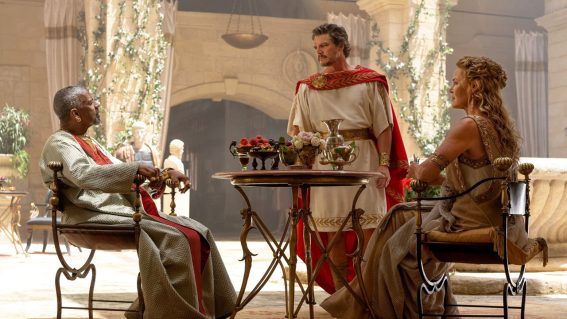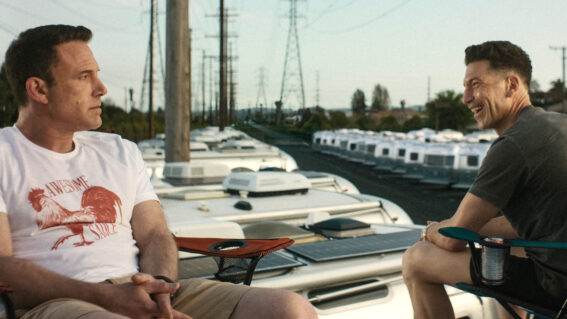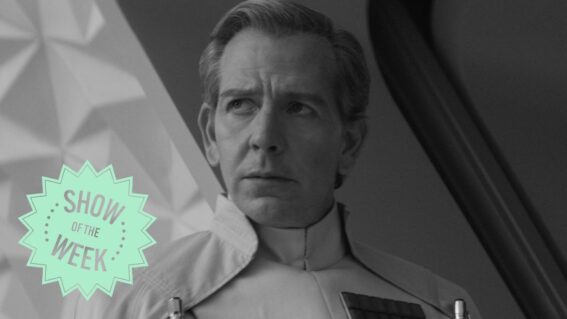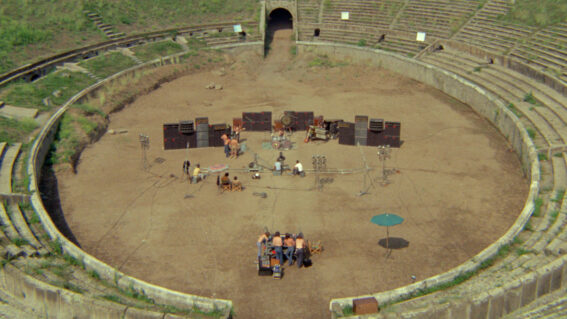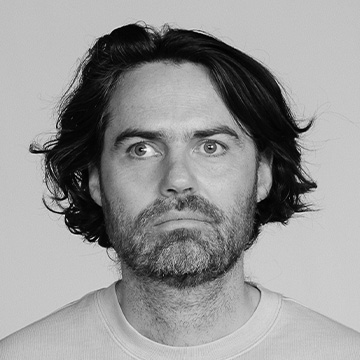Memory, history, and the visual brilliance of Nickel Boys
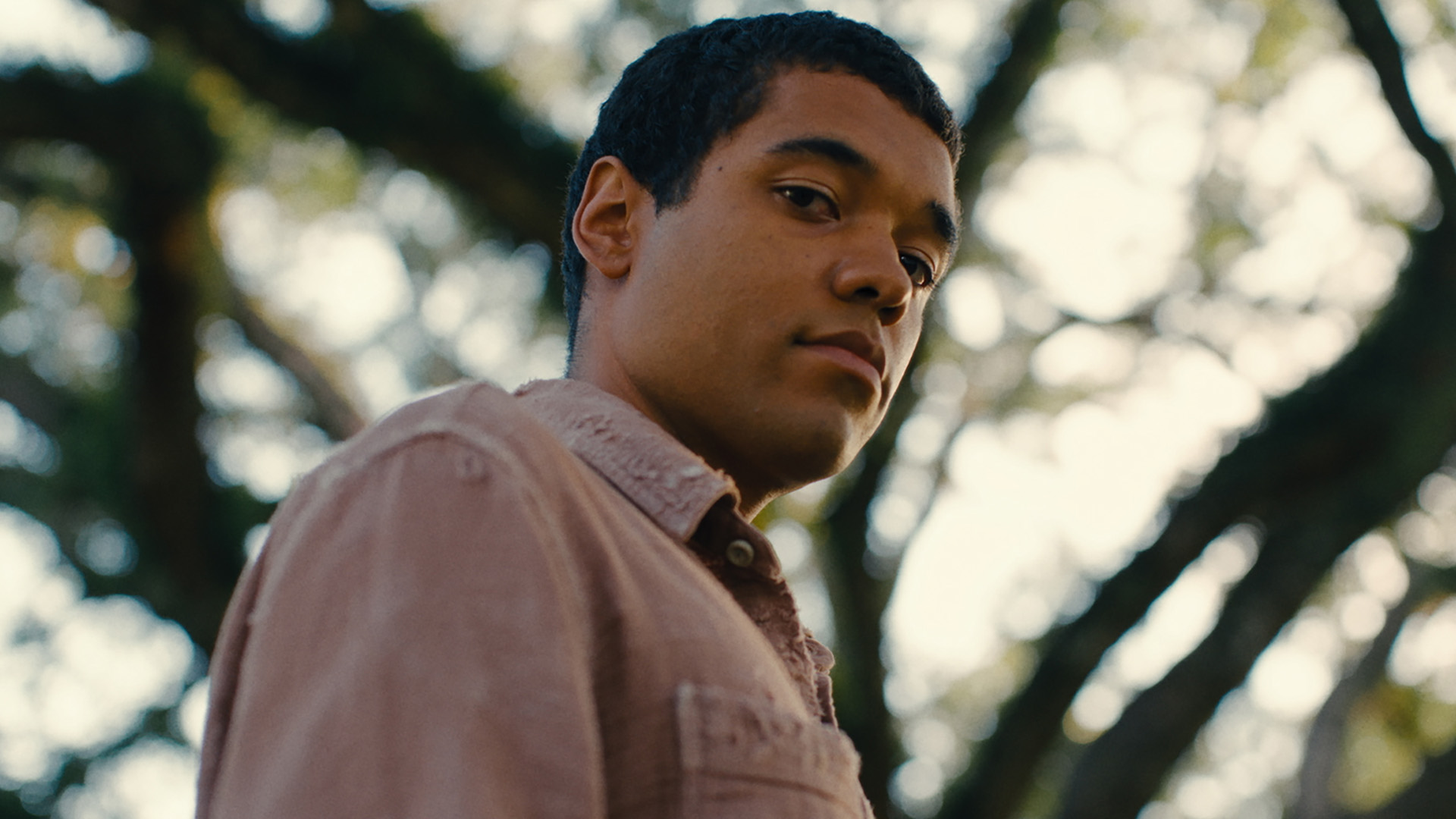

We finally get to see a contender for the Best Picture Oscar, with Nickel Boys, streaming on Prime Video from Feb 27. An impressed Liam Maguren looks at what makes it so special.
There really isn’t a film quite like Nickel Boys. Nominated for two big Oscars at this year’s Academy Awards—Best Picture and Best Adapted Screenplay—director RaMell Ross converts Colson Whitehead’s Pulitzer Prize-winning novel into a stirring piece of cinema that uses a striking first-person perspective. While this visual trick seems to relay what the characters experience, it’s more in tune with what their minds construct.
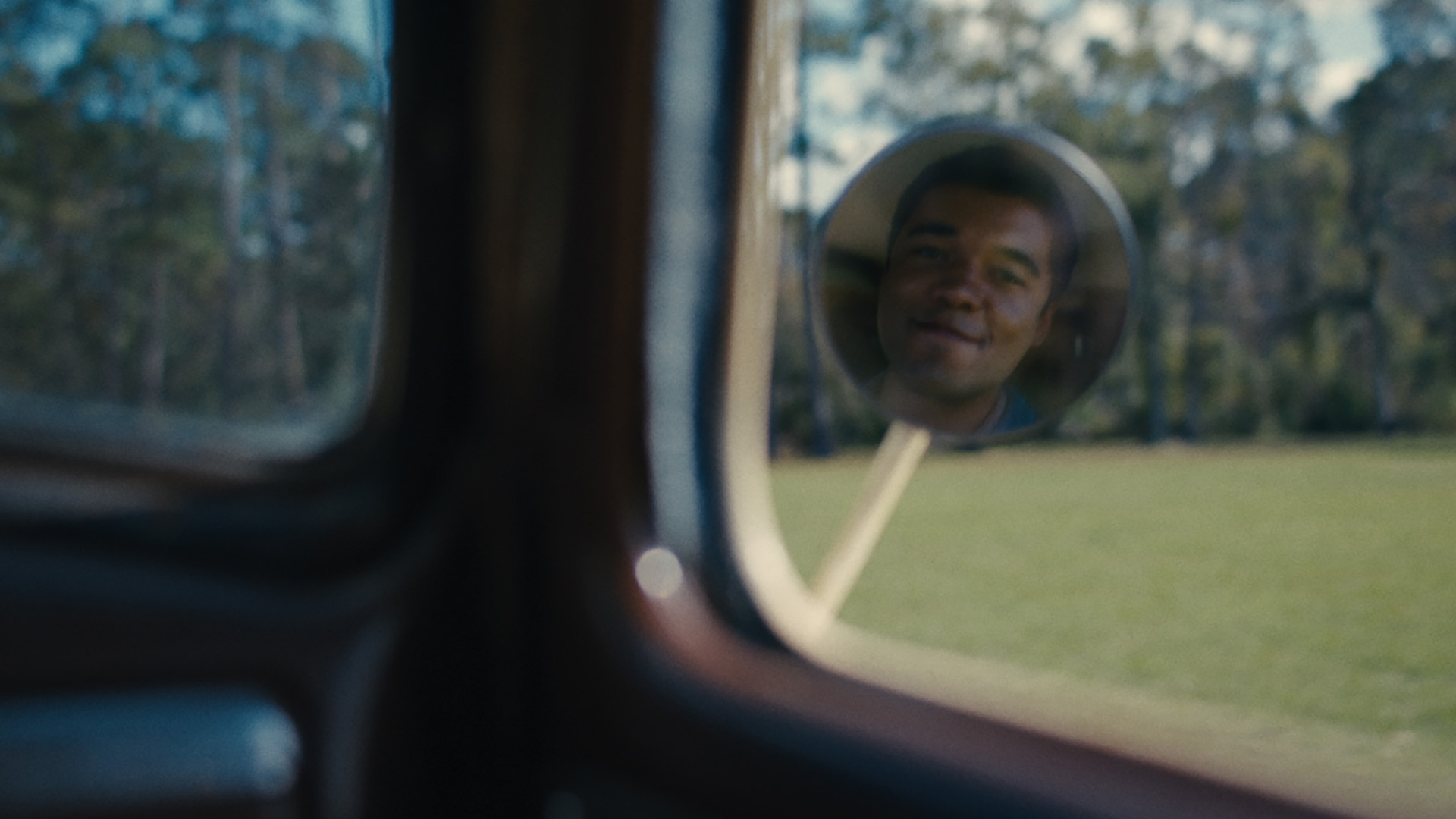
We’re first introduced to, and placed in the head of, Elwood Curtis (Ethan Herisse) as we experience his childhood raised by a loving nan (a tremendously tender performance from Aunjanue Ellis-Taylor) through to adolescence as a bright teenager with his eyes set on higher education. Then he’s struck by an unfortunate string of circumstances—wrong place, wrong time, being Black—that unfairly sees his hopes plummet from dream academy to nightmare incarceration.
Whitehead’s story may be fictional but it revolves around the very real Dozier School for Boys (AKA Nickel Academy), a Jim Crow-era reform school in Florida that gained a frightening reputation for sickening abuse conducted by staff onto students. Elwood sees it plain and clear. As does his new mate Brandon, who’s had much more time in this hellhole. The moment their friendship sparks, we—the audience—go back and forth between their perspectives.
We’ve seen the camera used to deliver a first-person perception before, often in gimmicky ways like with 2009 psychedelic trip Enter the Void, 2014 screenlife horror Unfriended, and 2015 chest-thumping action flick Hardcore Henry. Steven Soderbergh recently gave it a crack with haunted house movie Presence—Flicks’ Luke Buckmaster went in deep with that film’s unique use of POV.
But while those films harness the style to immerse viewers in the moment, Nickel Boys’ miraculous use of the first-person perspective immerses viewers in reflection and recollection.
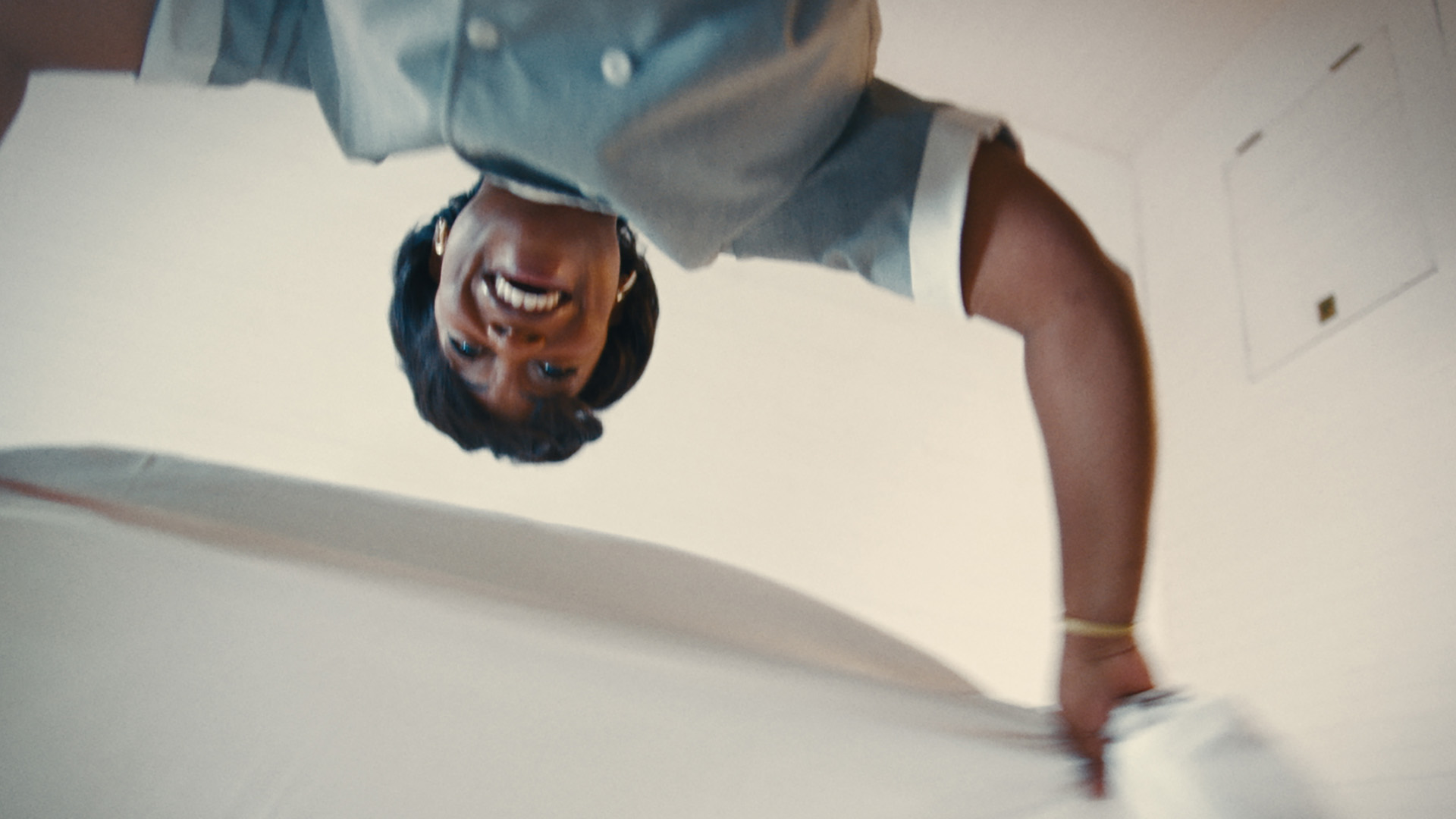
In some ways, it’s better compared to Kathryn Bigelow’s outstanding sci-fi Strange Days, which presented the idea of being able to “playback” someone else’s recorded memories as if you were experiencing them for yourself. All these segments were filmed from the recorder’s POV.
But there’s a key difference. Bigelow’s film presents memories like discs, showing the moments definitively and without curation. Ross’s film presents memories as they are, selective and fleeting but fuelled with meaning and personalisation.
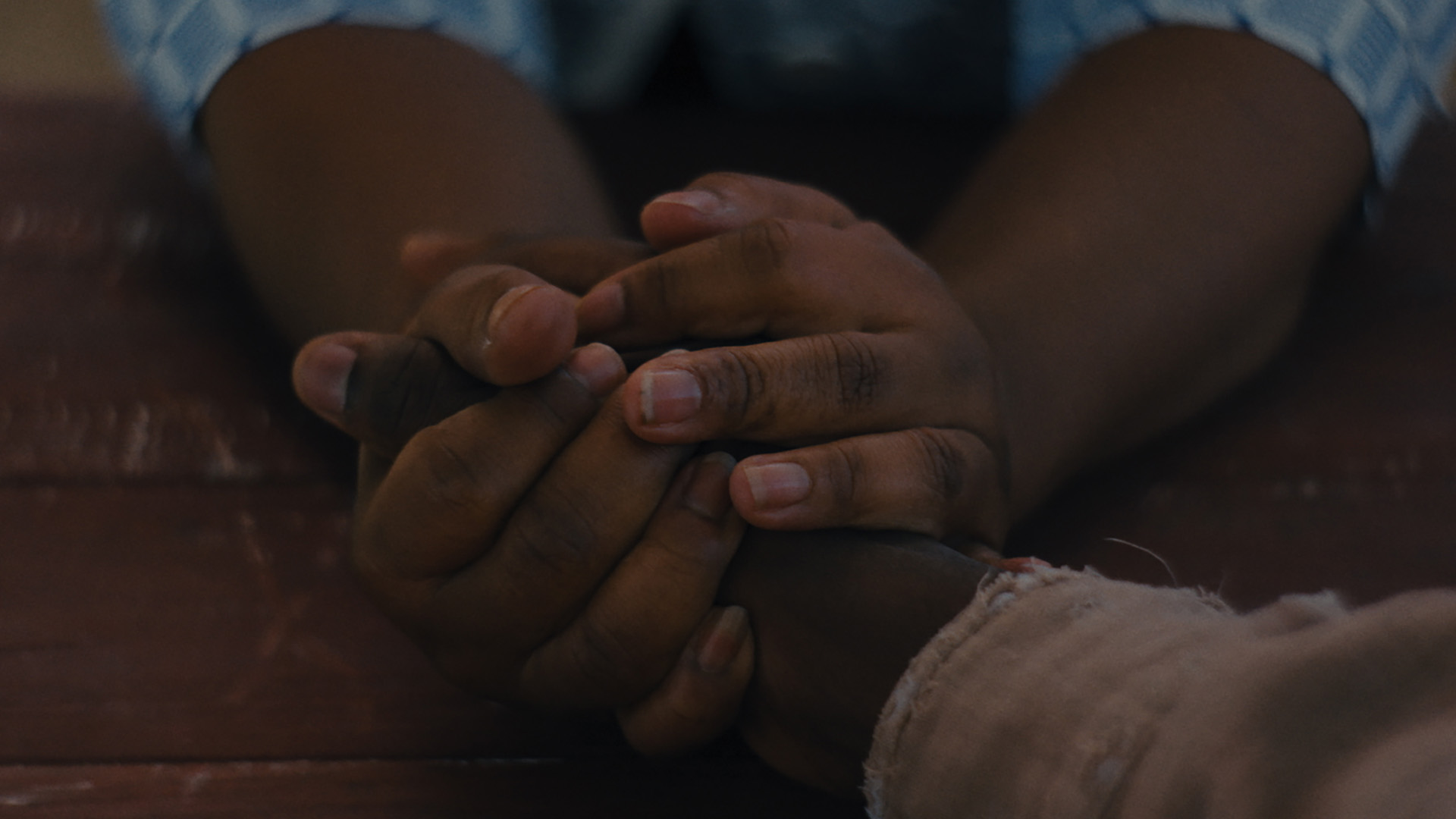
We first feel this with young Elwood’s childlike gaze, zoomed in and snap-focused on the type of tiny things that typically fascinate kids: the way shuffled cards slot together, the smoothness of light refracting off a glass of whiskey, the confusion of seeing a knife next to Nan’s bed. We’re not meant to believe Elwood has a superhuman ability to magnify his vision during these moments. We’re asked to consider why nothing else appears in view.
And then there’s the intercutting of moments in history. Segments from Martin Luther King’s speeches and images from the space race dunks the audience into Nickel Boys’ 1960s setting, though you never hear a whole speech or see the whole Apollo 11 launch. You’re just given sparse pieces. Here and there. Floating bits circulating a busy mind. But they’re connected—MLK’s dream and whitey on the moon—to the story’s grand tapestry of racial injustice.
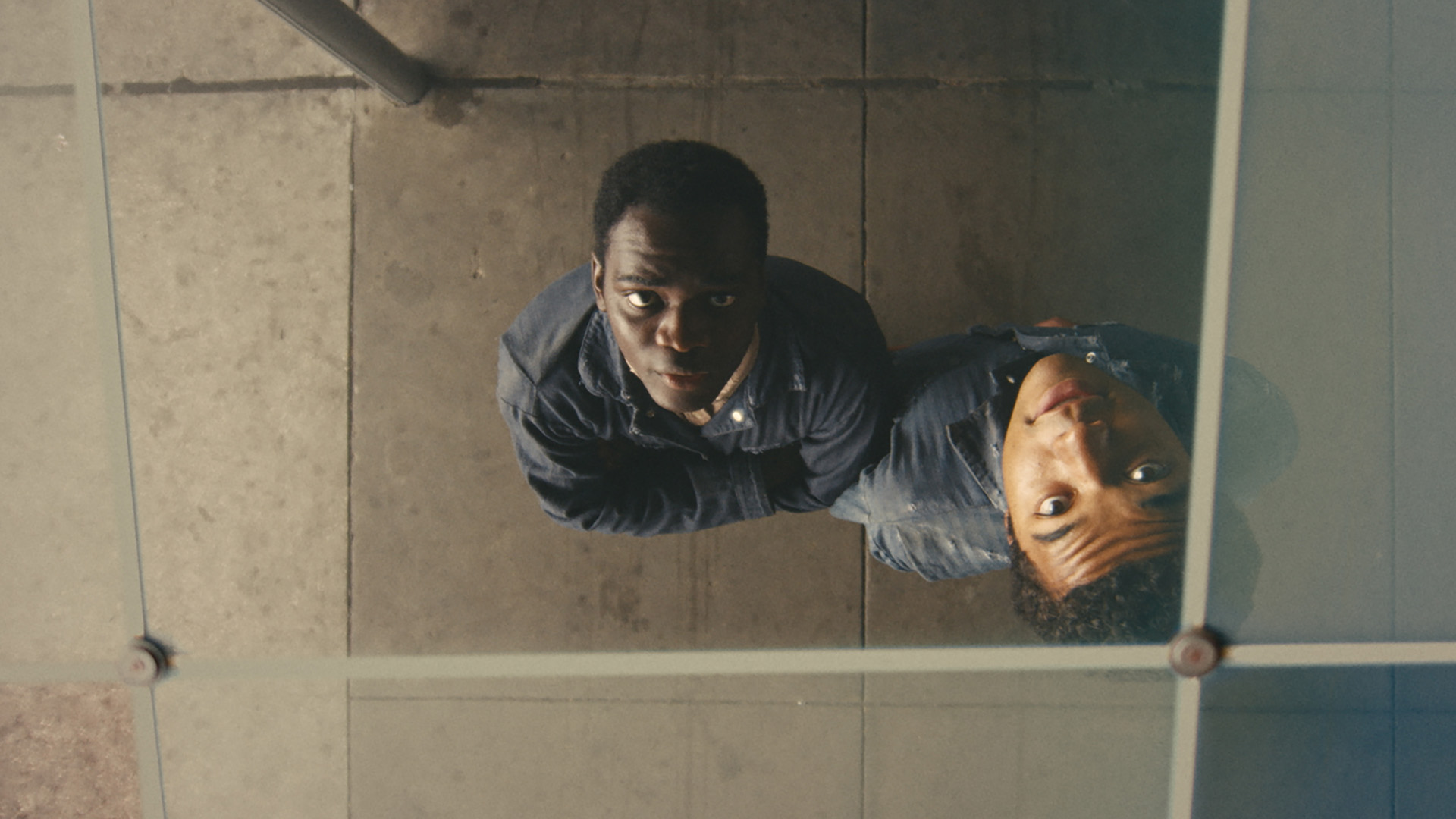
Occasionally, we see elements from different moments collide in Eternal Sunshine-like ways, symbolising how our memories’ constructive and deconstructive abilities can sometimes leave us with scattered thoughts often seen writhing in dreams.
None of that exists in the scenes featuring the older version of our lead, the camera pulling back from behind his eyes to behind his head. This cements the idea that the POV represents the past, and therefore memory. There’s also a compelling new idea here, one relating to the heavy space between the camera and the character, that’s best left for you to interpret.
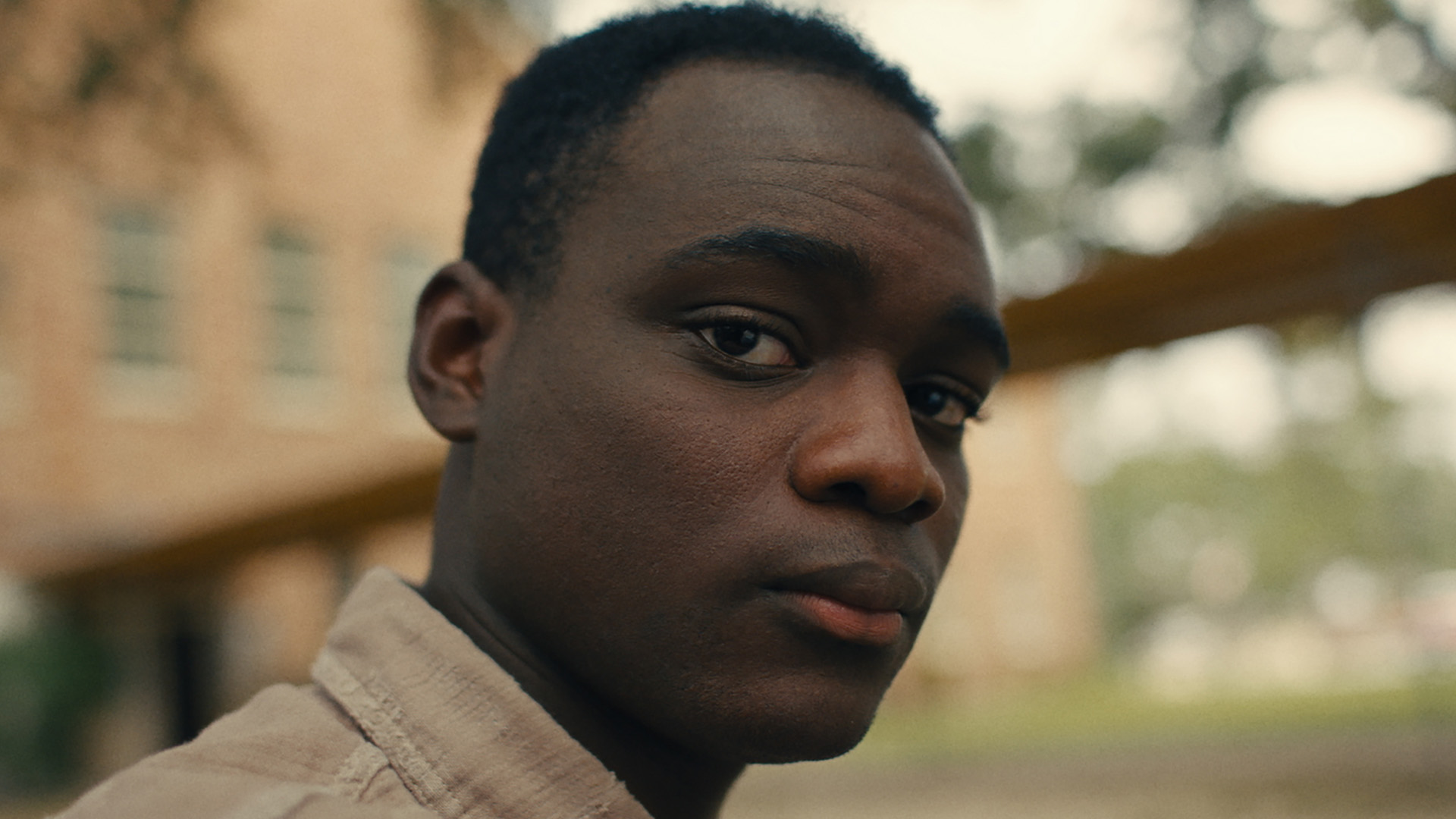
What the film doesn’t want you to see is the most horrifying acts of abuse put onto these boys. It’s a merciful move from Ross, perhaps knowing there’s no palatable way to show the worst of what happened at Nickel Academy. He instead conveys what it feels to be in, let’s say, “the waiting room” leading up to the abuse, that anxiety-filled anticipation that seemingly sinks into your entire body.
It’s the appropriate amount of horrible to put into the audience.
And showing the abuse wouldn’t add to the visual intent of Nickel Boys, for it’s less about the horrors the characters wish they could forget and more about what needs to be remembered. By the end of the film, everything we’ve seen demands to stay in memory, the disgusting treatment of the boys at Nickel Academy being a significant part of what should never be forgotten. But it’s not the most significant.
At its most brilliant, Ross’s visual approach solidifies Nickel Boys’ most profound reminder: all these boys’ experiences, memories, and lives mattered.




